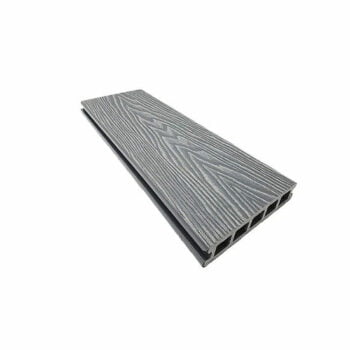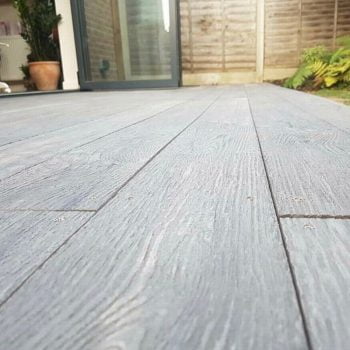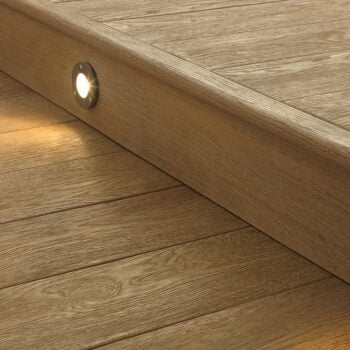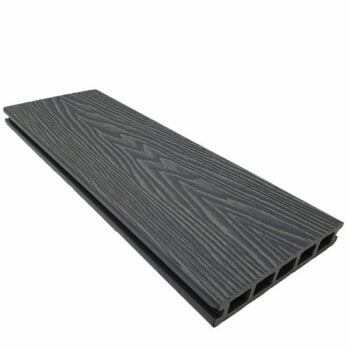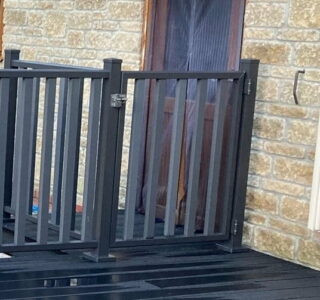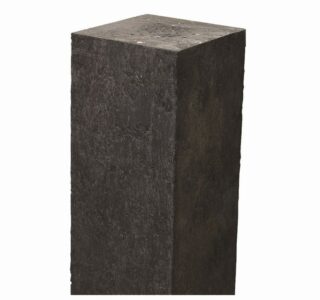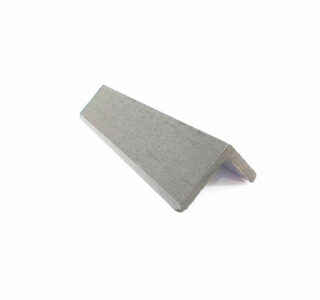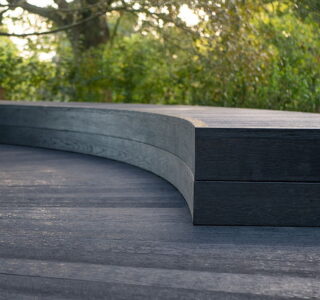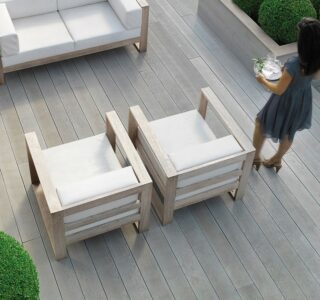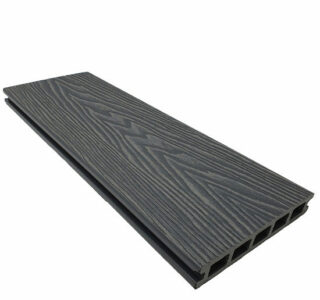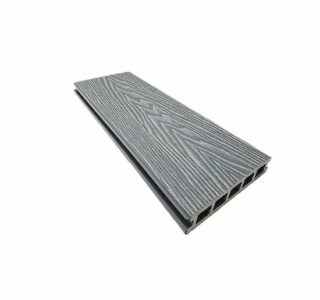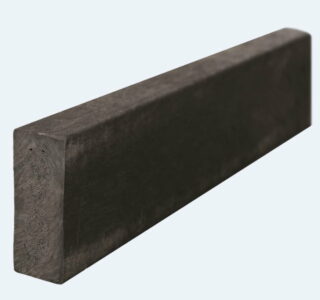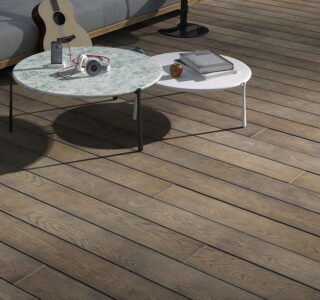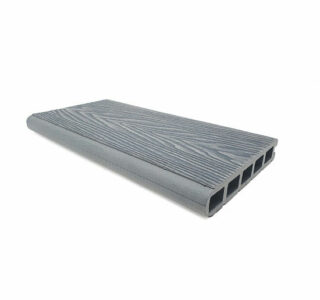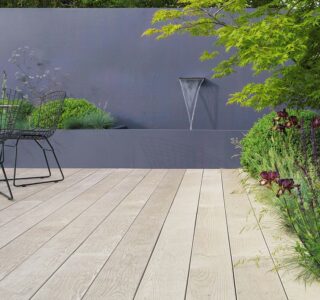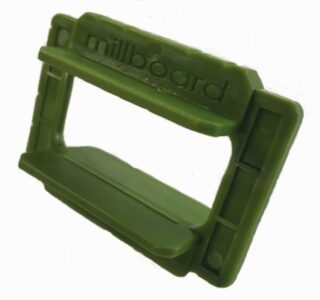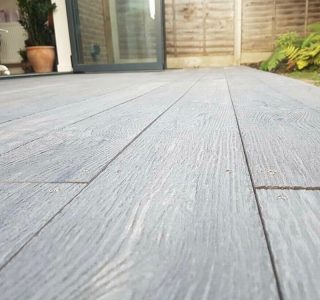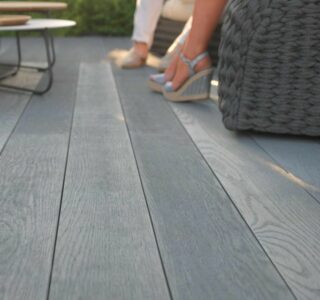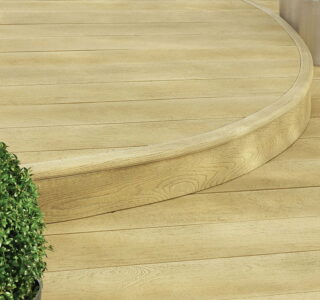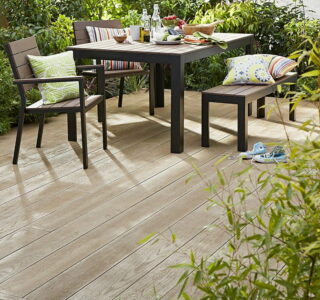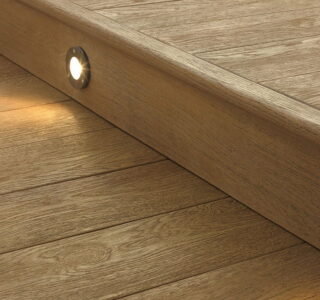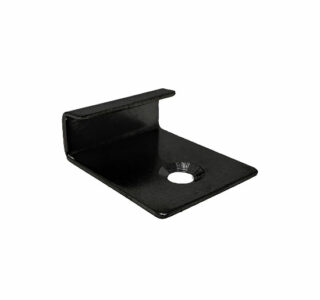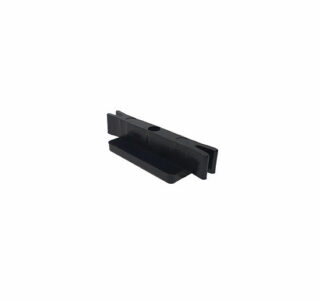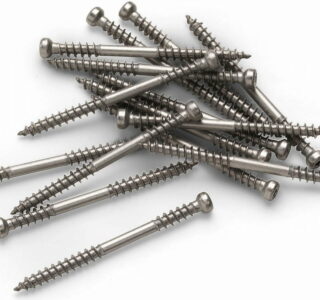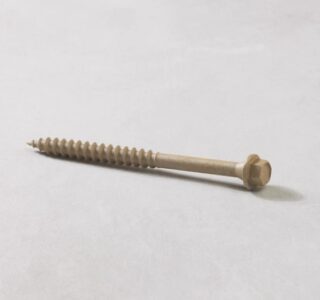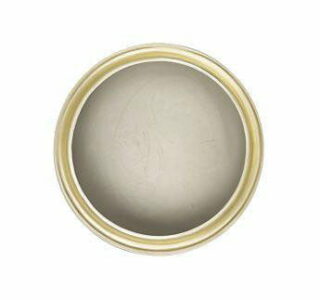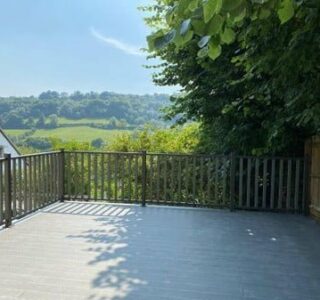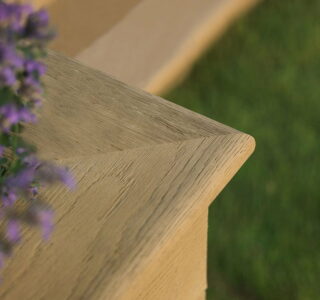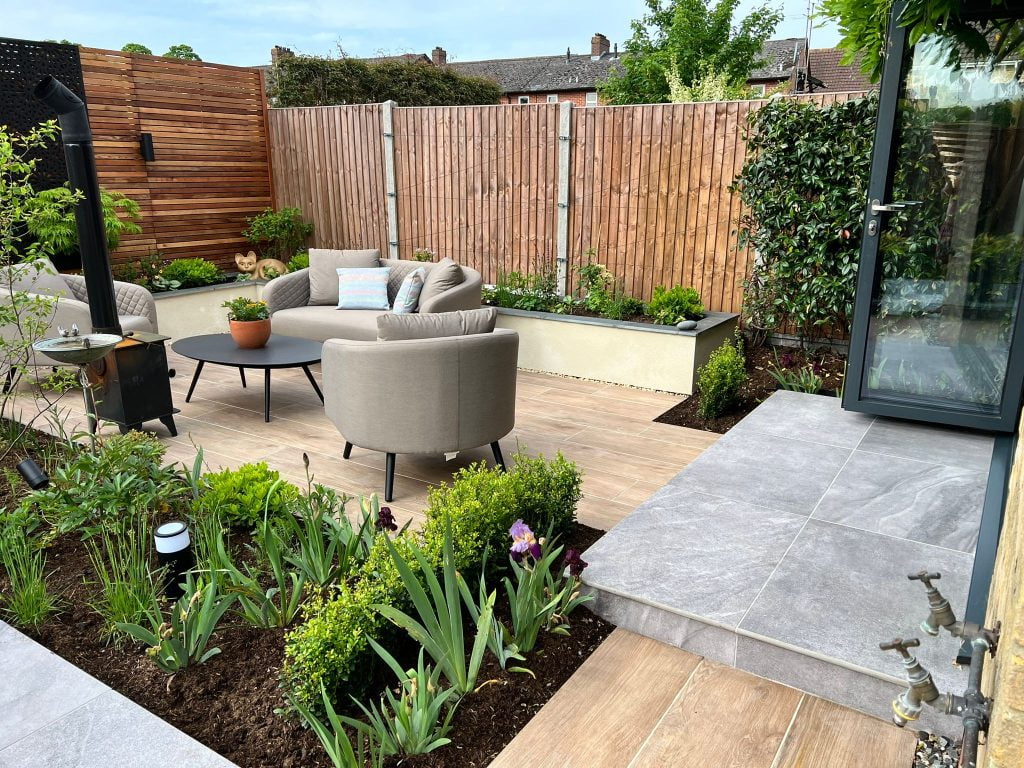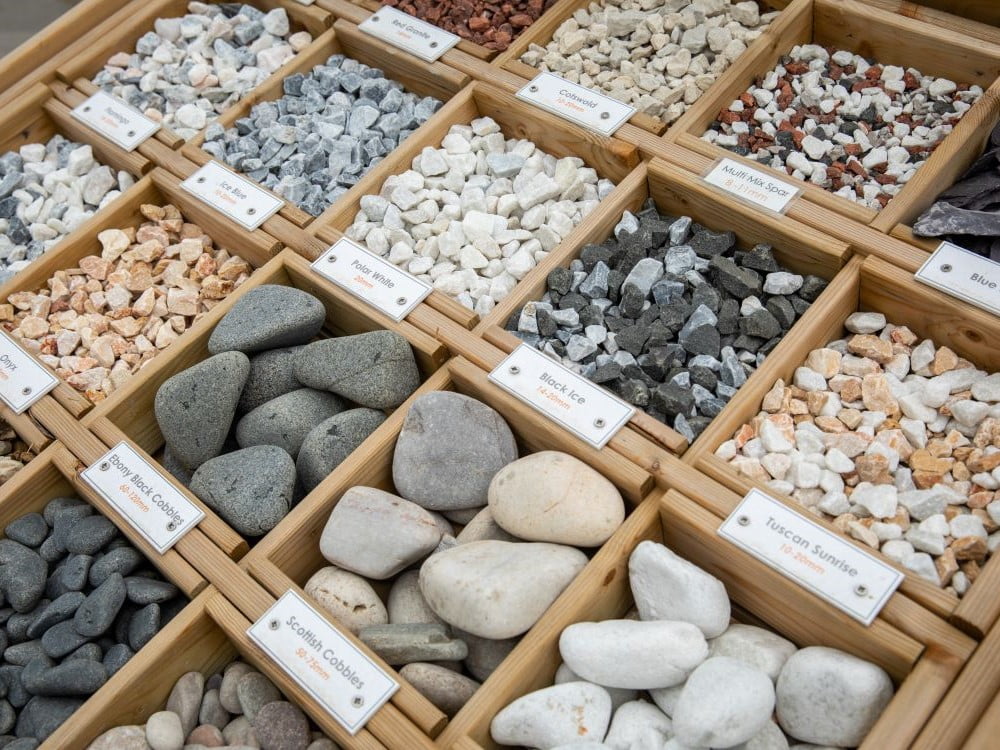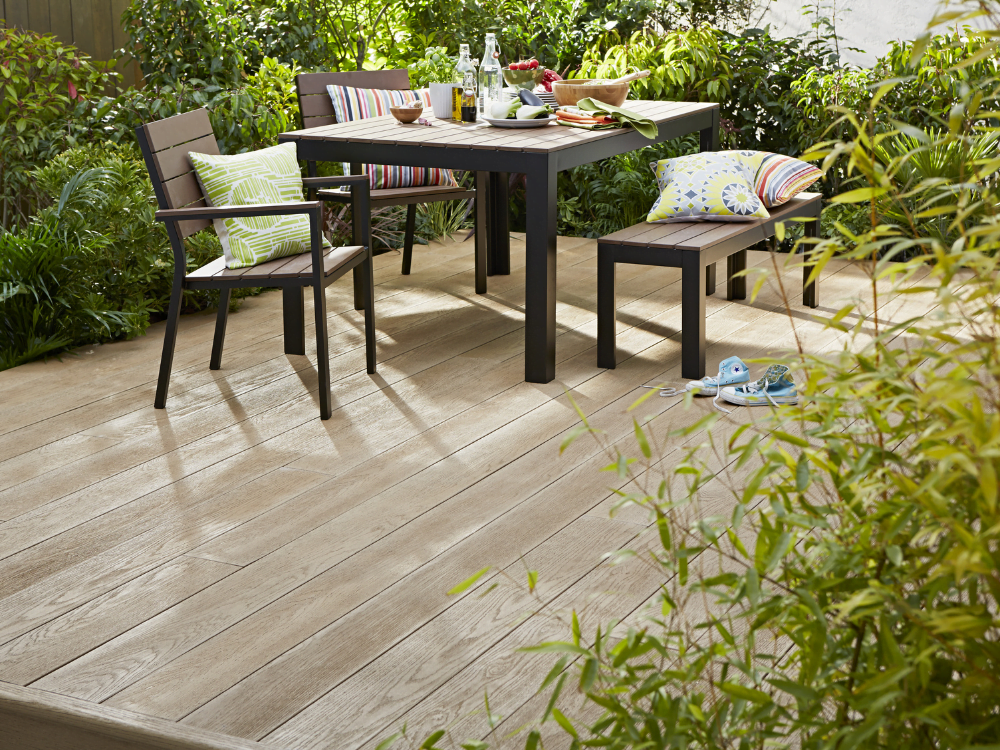
Your composite decking questions answered
Composite decking boards are designed to mimic the look of wood while providing benefits such as durability, low maintenance, and resistance to rot, mould, and insects.
You can create the ideal outdoor space with attractive composite decking boards.
Here are some key questions and benefits:
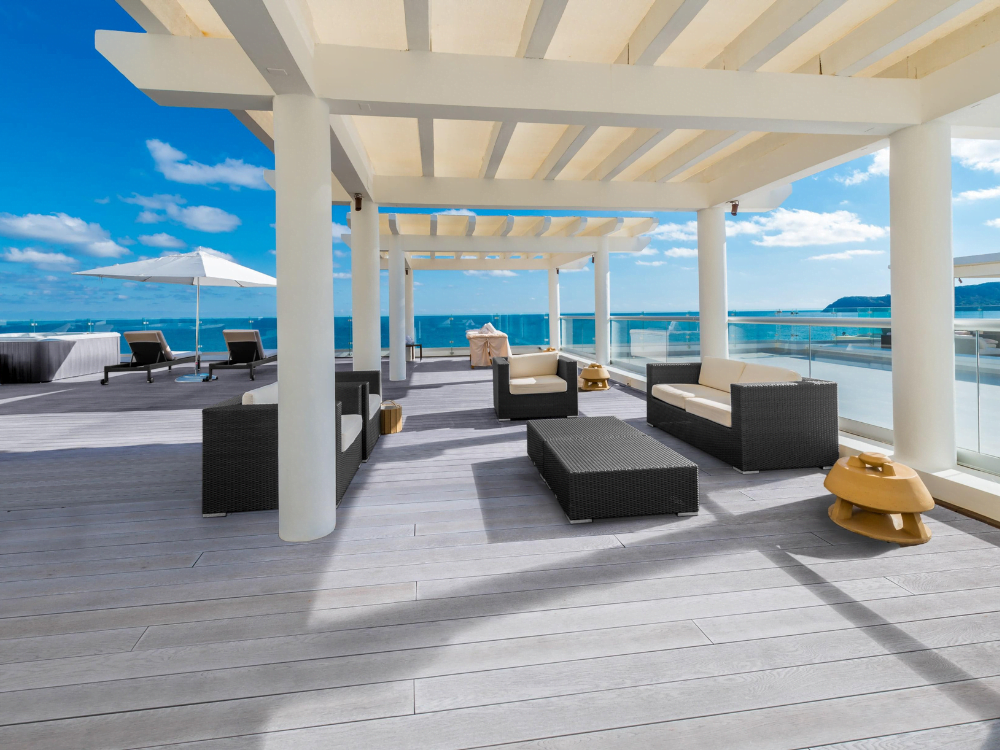
1. Why choose composite decking boards? Composite decking boards have grown in popularity over recent years because they offer a number of advantages over other decking options. Like any kind of decking, a composite deck boards will need less ground preparation than laying a patio. This means it can be a good option for you if your outside space is uneven, if you have tree roots in the way, or if you’re looking to create more than one level.
Ultimately whether you choose composite decking, timber decking or paving for your garden will be a personal choice, depending on your budget and your views about maintenance, looks and sustainability.
2. How much do composite decking boards cost to maintain? Unlike wood decking, composite decking requires minimal maintenance. It doesn’t need staining, sealing, or painting. Occasional cleaning with soap and water is usually sufficient to keep it looking its best.

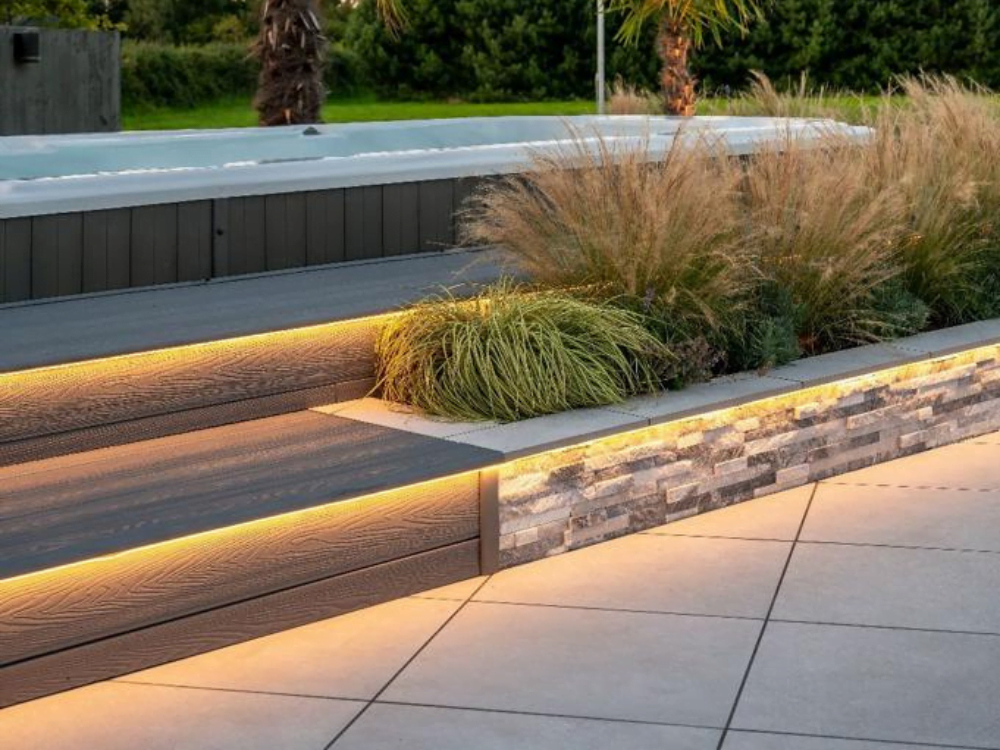
3. How durable are composite decking boards?
Composite decking is highly durable and resistant to warping, cracking, and splitting, making it ideal for outdoor use in various weather conditions. And with an expected lifespan of at least 20 years, you’re likely to save money on repairs and replacement in the long run.
4. Are there different colour options and will composite decking boards fade?
Composite decking comes in a wide range of colours and finishes, allowing homeowners to choose a look that complements their outdoor space.
View our full range to see all available options.
As with many materials exposed to daylight, you can expect a degree of fading. With SAiGE composite decking, the boards will fade by approximately 10%-15% within the first 2-3 months after installation. After this the colour pigments stabilise.
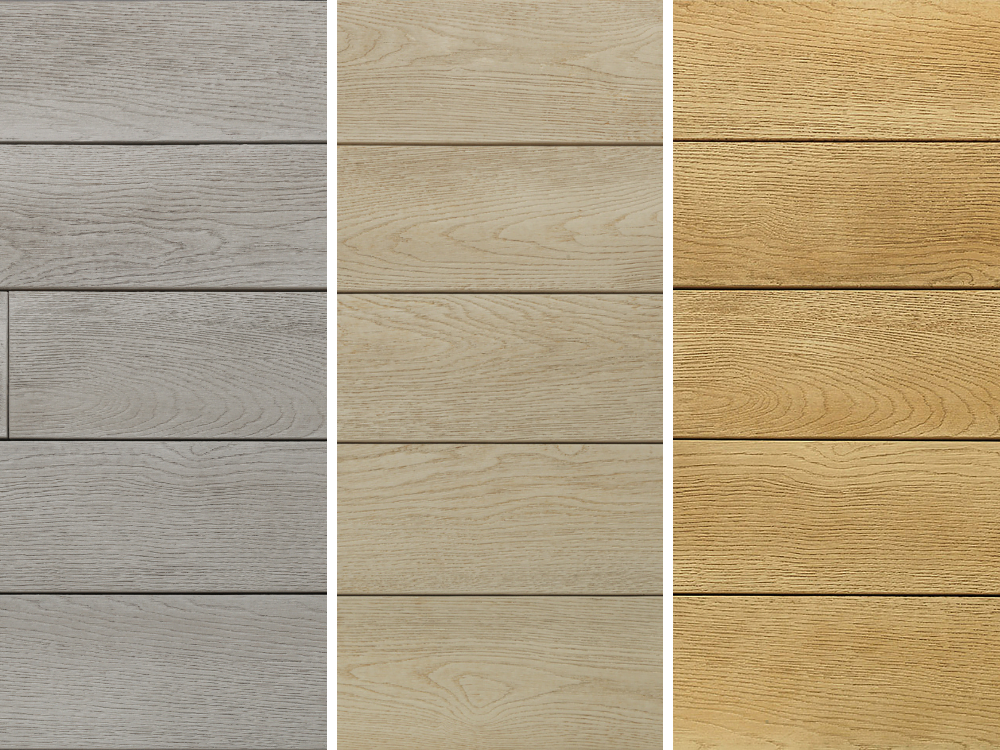
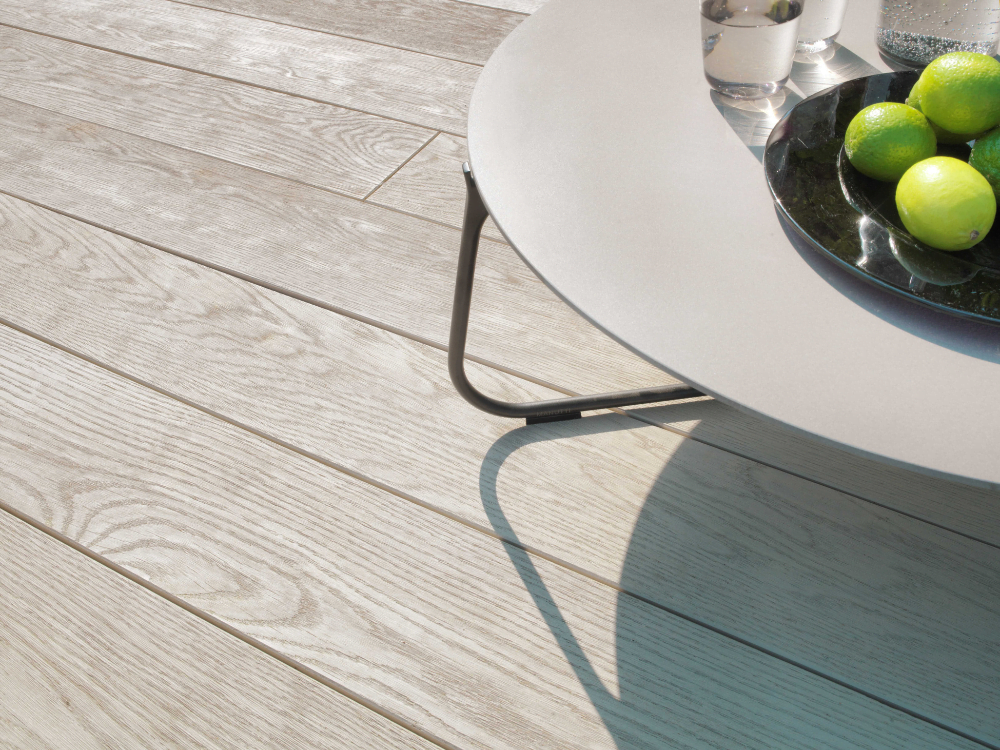
5. How environmentally friendly are composite decking boards?
Our KDeck composite decking boards are 90% recycled, making them a more sustainable choice compared to traditional wood decking. Millboard composite decking boards also use recycled content and minimises use of virgin materials. Find out more.
6. Are composite decking boards slippery?
Composite decking boards have low absorbency which limits how much mould and algae can grow. It will still benefit from cleaning, but you won’t have to worry about it getting slippery when it’s wet.
Composite decking boards are generally splinter-free and slip-resistant, making it safer for children and pets to play on. This makes it perfect for use by swimming pools, hot tubs and water (eg. pontoons and jetties).

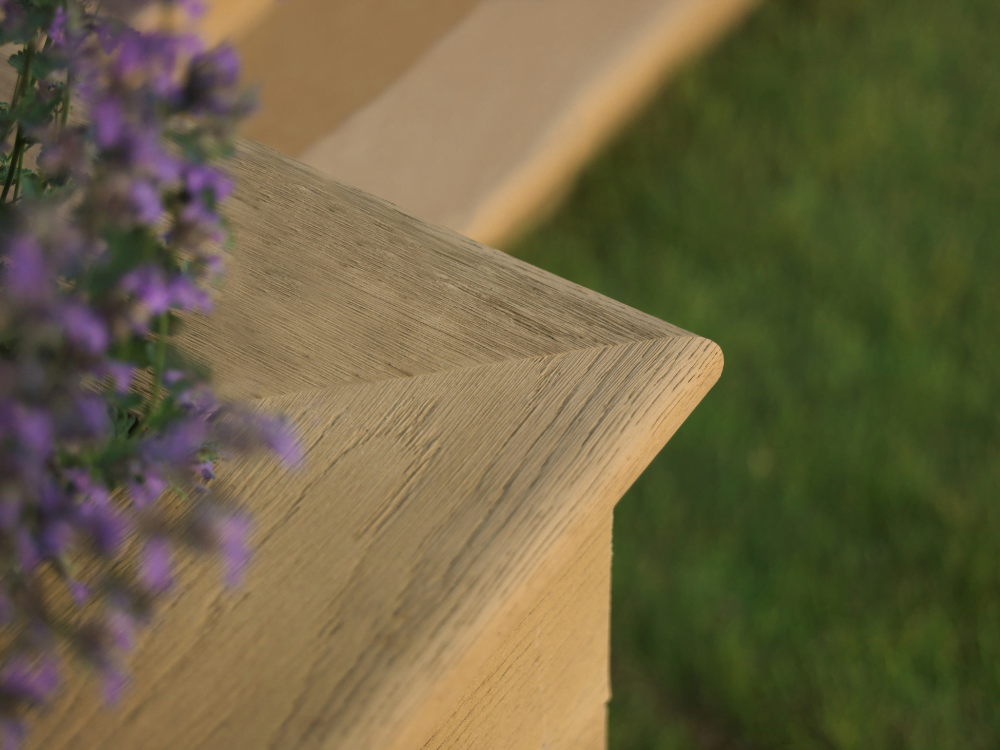
7. Are composite decking boards resistant to pests and rot?
Because composite decking is made from a combination of wood and plastic, it is resistant to insect damage and decay, which can be common issues with traditional wood decking.
8. What composite decking boards are best?
How do you know if hollow or solid composite decking boards are right for you? As well as thinking about budget and style, make sure you get value for money by looking at the structural properties and quality of the boards you are considering. Both can handle considerable weight for every day use.
Hollow boards have the advantage of being lighter than solid boards. However, if you are considering putting weighty objects on your decking, like a hot tub or furniture, solid boards would offer more stability. Solid decking can also be more suitable for sunken decking areas or areas with limited air flow. This is because you can adjust the gap between solid boards to 5mm, which will allow for better air circulation than the 2mm gap required between hollow boards.
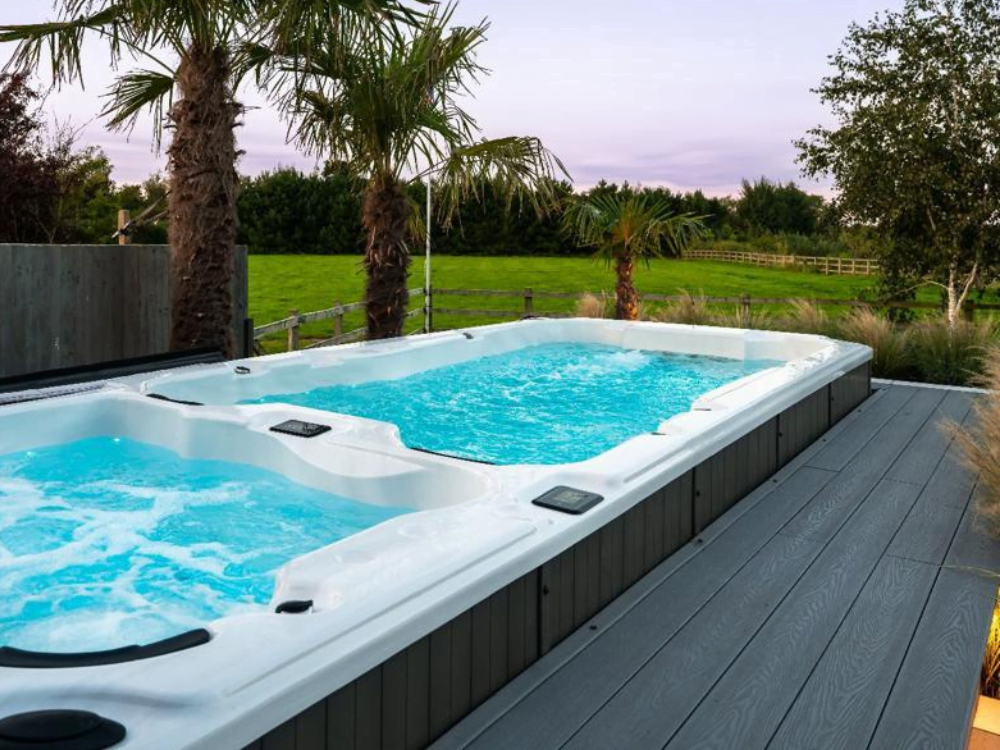
While composite decking tends to be more expensive upfront compared to wood decking, its long-term durability and low maintenance costs often make it a cost-effective choice in the long run.
For questions on how to install your composite decking boards, please use the guide below:


